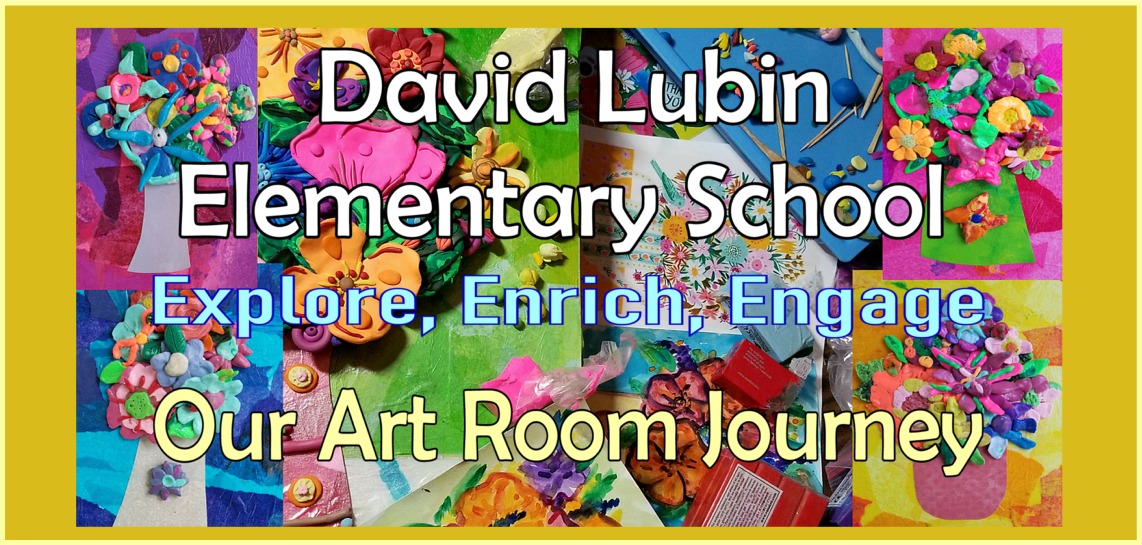Once students feel comfortable with the elements and composition, they draw their final image with white glue on black paper. Chalk pastels are used to add the color and detail to complete the project.
Students can express realistic colors found in nature or a more Fauvist approach to color/pattern.





































